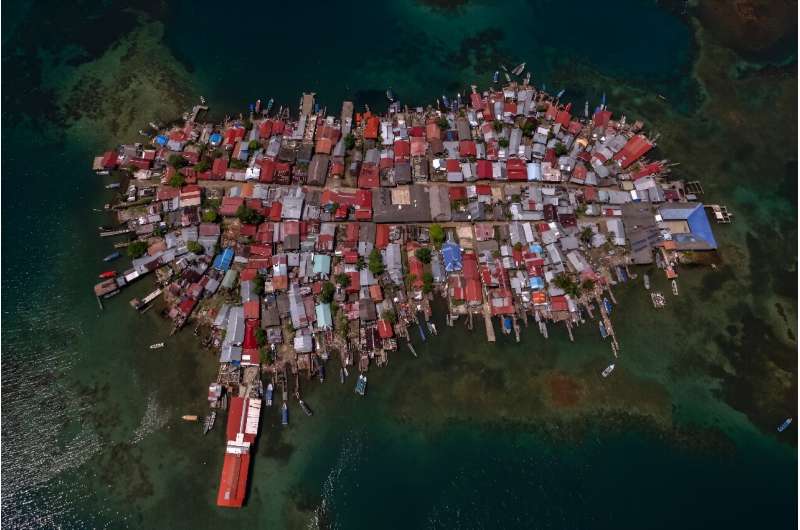
Surrounded by idyllic clear waters, the densely populated island of Carti Sugtupu off Panama’s north coast has barely an inch to spare with houses crammed together—some jutting out into the sea on stilts.
The island’s Indigenous community of fewer than 2,000 souls scrapes by without potable water or sanitation.
They live off fishing, the harvesting of starchy crops like cassava and plantain, traditional textile production and a bit of tourism.
It is not an easy life, with intense heat and a lack of public services adding to the discomfort of overcrowded conditions on an island the size of five football fields.
And now, climate change-induced sea level rise is threatening to make life even more difficult.
With homes already flooded on a regular basis, experts say the sea will engulf Carti Sugtupu and dozens of neighboring islands in the Guna Yala region by the end of the century.
Forty-nine of the isles are populated, and rest just a few feet (less than one meter) above sea level.
After years of promises and delays, the government has announced that by the end of this year or early 2024 it will be ready to move families to the mainland, a 15-minute boat ride away, where it has built a new neighborhood that includes a school.